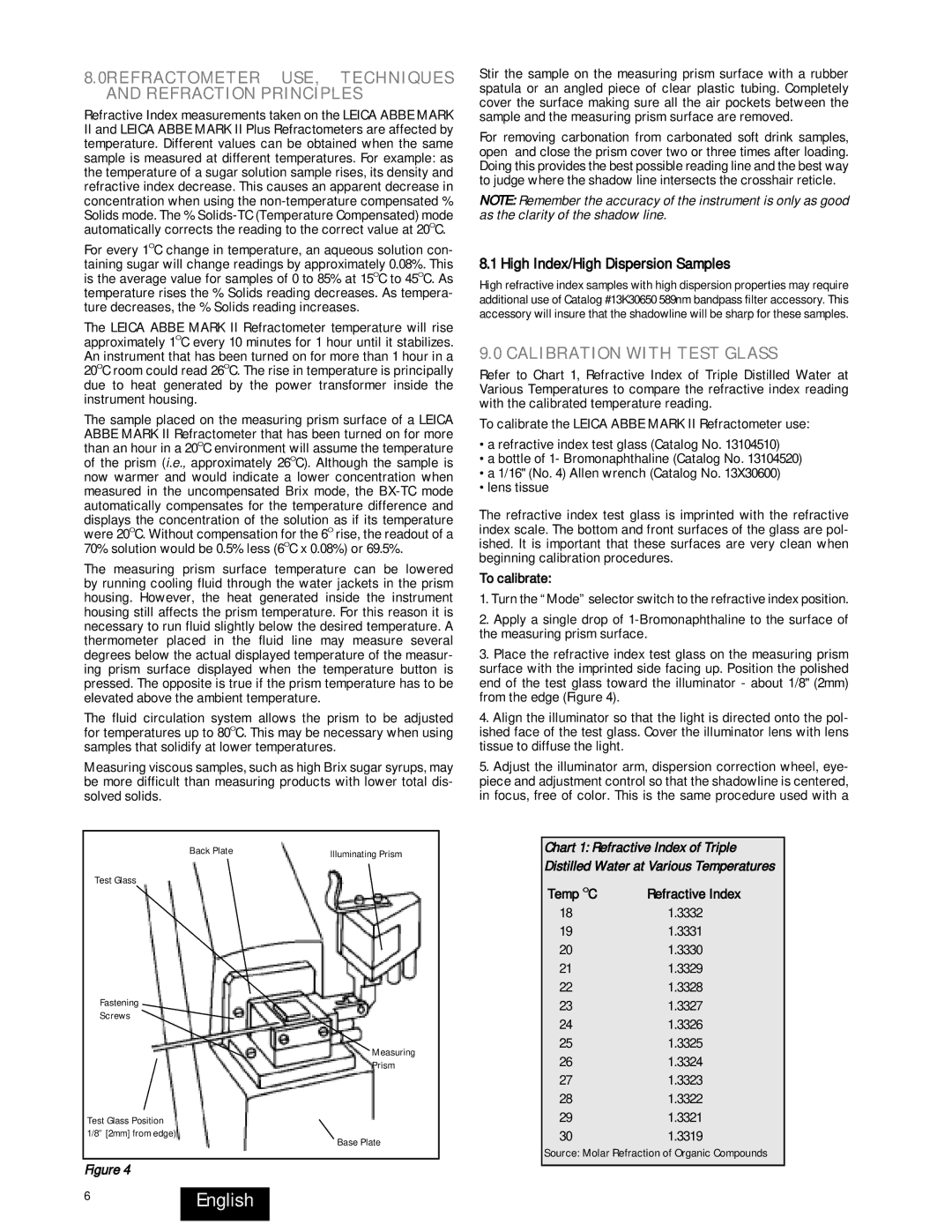13104950, 13104940, 13104810, 13104800 specifications
Leica, a revered name in the world of optics, presents a range of binoculars that exemplify precision, durability, and outstanding optical performance. Among their notable offerings are the models Leica 13104800, 13104810, 13104940, and 13104950, each designed to cater to specific needs of outdoor enthusiasts, wildlife watchers, and professional observers.The Leica 13104800 is part of the Trinovid HD series, renowned for its robust construction and superior optical capabilities. This model features a compact and lightweight design, making it an excellent companion for on-the-go adventures. The exceptional HD glass ensures high contrast and vivid color reproduction, while the phase-corrected roof prism system enhances clarity and sharpness across the entire field of view. The 13104800's waterproof and fog-proof design further underscores its resilience in various weather conditions, ensuring reliability and longevity.
Following closely is the Leica 13104810, which also belongs to the Trinovid HD series but offers a broader 8x magnification and a wider objective lens. This increases light gathering capabilities, making it ideal for low-light situations such as dawn and dusk observations. With its ergonomic design and intuitive handling, the 13104810 provides a comfortable viewing experience, enabling users to spot distant objects with ease and clarity.
The Leica 13104940 model stands out for its impressive image stabilization feature, a must-have technology for birdwatchers and nature observers. The incorporation of advanced optical stabilization minimizes the effects of hand movement, allowing for clear, stable images even at higher magnifications. Coupled with high-quality coatings that reduce glare and improve light transmission, the 13104940 is engineered for optimal performance in the field.
Lastly, the Leica 13104950 offers a premium viewing experience that combines high magnification with exceptional lens quality. This model is equipped with a large objective lens that enhances light transmission, providing bright and lifelike images even in challenging lighting conditions. The robust build quality and precision engineering make it a reliable choice for dedicated outdoor activities, ensuring durability while maintaining exceptional optical performance.
In summary, the Leica 13104800, 13104810, 13104940, and 13104950 binoculars share a commitment to excellence in optical technology, each tailored to meet distinct user requirements. From rugged construction and high magnification capabilities to advanced stabilization features, these models embody Leica's dedication to quality and innovation in the realm of optics. Whether for casual observation or professional applications, Leica binoculars remain an exceptional choice for clarity and reliability in any outdoor setting.

